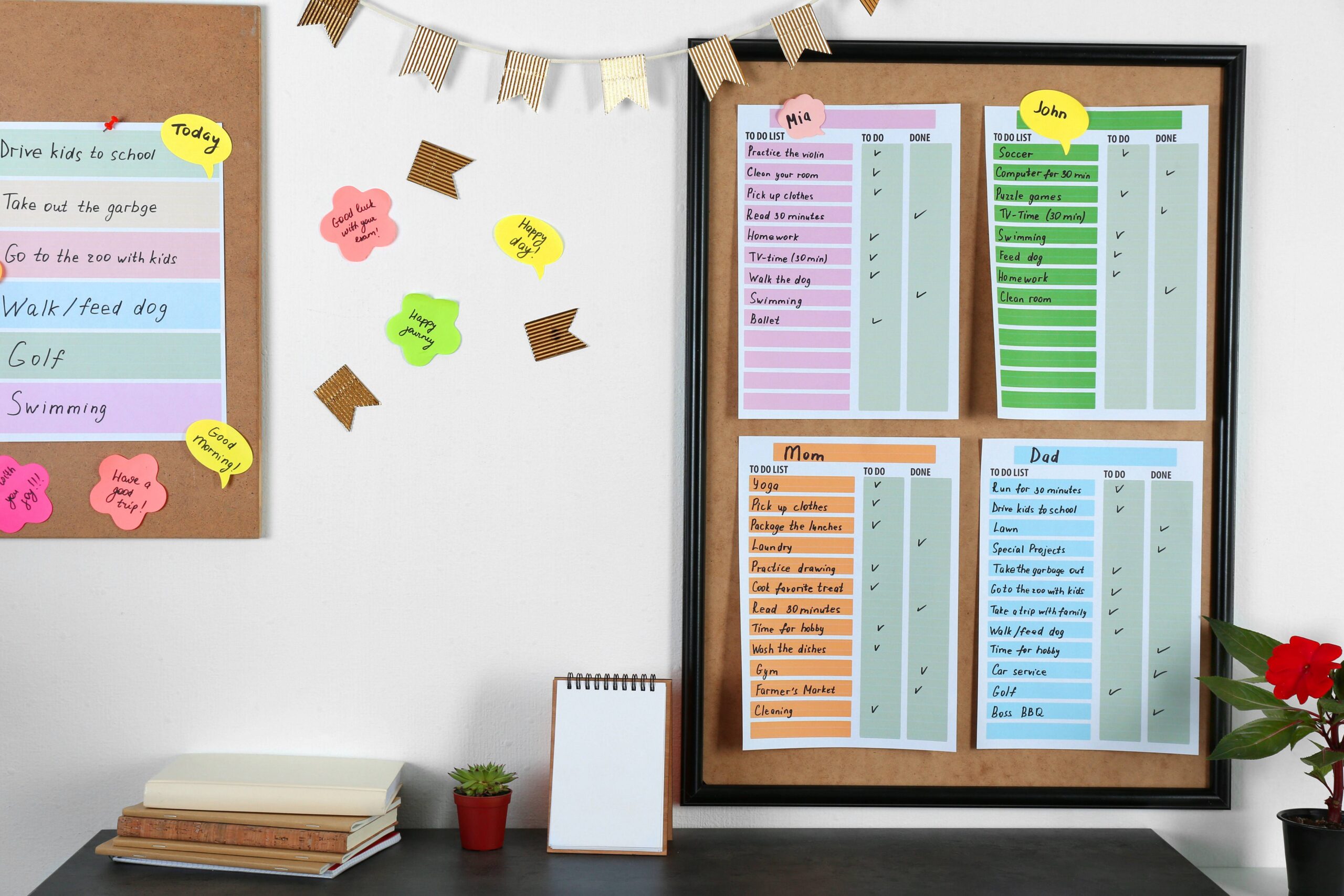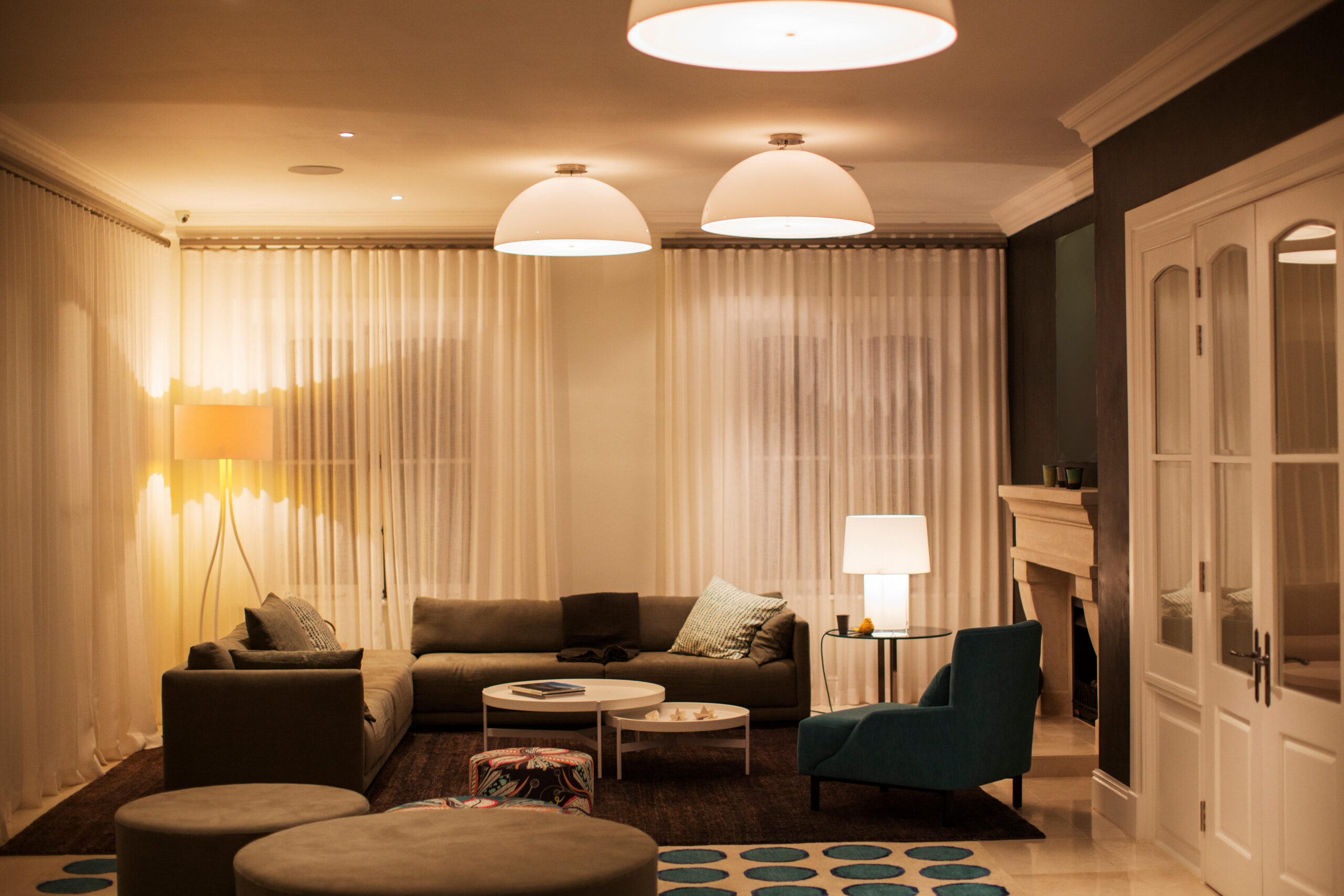Table of Contents
- Why Every Family Needs a Command Center
- Find the Right Spot in Your Home
- Start with a Foundation: Calendar, Mail, and Message Area
- Add a Drop Zone for Everyday Essentials
- Simplify Chores with a Visible System
- Design for Both Form and Function
- Keep Paperwork Under Control
- Make It Kid-Friendly (and Teen-Proof)
- Keep It Manageable—Not a Maintenance Nightmare
- Table: Command Center Essentials and Budget-Friendly Ideas
- The Takeaway: Simplicity Is the Secret
Creating a Family Command Center: Organize Schedules, Mail, and Chores
Every household has that one spot where everything seems to pile up—the keys, mail, backpacks, permission slips, and the random assortment of “I’ll handle this later” items. When life gets busy, clutter tends to collect where your family’s routines collide. The solution? A family command center that organizes the chaos before it even starts.

A well-designed command center isn’t about creating another project to maintain—it’s about building a simple, centralized hub that helps everyone stay on track. Whether you live in a large home or a small apartment, you can create a system that keeps schedules, chores, and paperwork under control without turning your entryway into an office.
Why Every Family Needs a Command Center
Modern life runs on constant motion. Between school events, appointments, and grocery lists, it’s easy for information to get lost. A family command center functions as your home’s control panel—it’s where you coordinate daily life, catch up on reminders, and keep essentials within reach.
The best setups serve three purposes: communication, organization, and preparation. They help everyone know what’s coming up, where things belong, and what needs attention. Instead of searching for missing mail or forgetting soccer practice, your command center quietly keeps everything moving smoothly in the background.
Find the Right Spot in Your Home
The first step is location. Your command center should live where your family naturally passes through each day. The entryway, kitchen, or hallway near the garage are ideal spots—they’re the crossroads of your daily routine.
You don’t need a whole wall or room for it; even a 3-foot section of open wall space can make a big impact. The goal is visibility and convenience. If it’s tucked away somewhere nobody walks by, it won’t get used.
Look for a spot with decent lighting, an outlet if you want to include a charging station, and just enough space for a few wall-mounted organizers or a small table.
Start with a Foundation: Calendar, Mail, and Message Area
Every good command center starts with three core elements: a calendar, a mail system, and a message board.
The calendar is your visual anchor. It doesn’t matter if it’s a whiteboard, corkboard, or paper planner—as long as it’s easy to update and everyone can see it. Color-code by family member or activity (blue for work, green for school, red for appointments). This visual rhythm helps everyone see their week at a glance.
Next, tackle the mail. Paper clutter is a command center’s worst enemy. Create two labeled slots or baskets—one for “incoming” mail and one for “to handle.” Sort as soon as it arrives to prevent piles from building up. If possible, add a shred bin or recycling basket right underneath so unwanted mail disappears immediately.
Finally, a message board ties it all together. Whether it’s a chalkboard, dry-erase surface, or magnetic strip, this is where reminders, quick notes, or important numbers live. It keeps communication visible—no more lost sticky notes on the fridge.
Add a Drop Zone for Everyday Essentials
Keys, wallets, and phones have a funny way of wandering off. Giving them a permanent home near your command center eliminates the morning scramble.
Hooks or small wall racks work perfectly for keys and lanyards, while a shallow tray or decorative bowl can hold loose items like change or earbuds. If your family uses shared devices, consider adding a small charging station with labeled cables to keep everything powered up and off the counter.
For families with school-age kids, baskets or cubbies by the door can serve as mini “lockers.” Each child gets a spot for their backpack, shoes, and homework folders. It’s a simple system that cuts down on clutter and makes morning routines smoother.
Simplify Chores with a Visible System
A command center is a great place to track household tasks. When everyone can see what needs to be done, chores become shared responsibilities—not constant reminders.
Create a simple chore chart that’s visible and easy to update. For younger kids, magnetic boards with picture icons work best. For older kids or teens, try a rotating list on a whiteboard or clipboard. Keep it realistic—short, daily tasks that can be completed quickly are more likely to stick.
You can also include a weekly “family goals” or “to-do” list here. It’s a low-pressure way to stay organized and keep everyone accountable without turning chores into arguments.
Design for Both Form and Function
A functional command center doesn’t have to look utilitarian. With a few thoughtful design choices, you can make it feel like part of your home rather than a bulletin board explosion.
Stick to a cohesive color palette that matches the surrounding space. Use baskets or trays made from natural materials like wood, seagrass, or metal wire—they’re durable and blend with most decor. Framed corkboards or acrylic calendars can make the setup feel intentional, not temporary.
If your space is visible from main living areas, choose pieces that feel decorative as well as practical. The goal is to make it something you enjoy looking at, not a chore to maintain.
Keep Paperwork Under Control
Paper is sneaky—it creeps in through mail, schoolwork, receipts, and forms. Without a clear system, it quickly takes over. A few simple habits can keep it in check.
Use a small filing box or accordion folder for important documents that need longer-term storage—things like insurance forms, school records, or receipts for tax purposes. Label folders clearly and sort papers weekly so they don’t pile up.
Digitizing can also help. Snap photos of school notices or event flyers and store them in a shared family cloud folder. You’ll still have the information without needing to keep physical copies pinned everywhere.
Make It Kid-Friendly (and Teen-Proof)
A great command center works for everyone, not just adults. Give each family member their own section—labeled bins, clipboards, or cubbies make it easy for kids to stay organized.
For younger children, visual cues help. Use icons or colors for each person’s calendar events or chore chart. For teens, offer some autonomy—let them track their own schedules or notes. When kids have ownership over their part of the system, they’re far more likely to use it consistently.
Keep It Manageable—Not a Maintenance Nightmare
The most successful command centers are simple. If it’s too complicated, it’ll fall apart within a month. Focus on what your family actually uses daily—no more, no less.
Schedule a quick weekly reset. Five minutes on Sunday night to clear the bins, update the calendar, and toss expired papers can keep the system running smoothly. Over time, these small habits prevent the clutter creep that leads to overwhelm.
Table: Command Center Essentials and Budget-Friendly Ideas
| Element | Budget-Friendly Option | Why It Works |
|---|---|---|
| Calendar | Dry-erase or printable monthly calendar | Keeps everyone’s schedule visible |
| Mail Sorter | Wall-mounted file holder or basket | Controls paper clutter instantly |
| Message Board | Magnetic or chalkboard surface | Makes quick notes easy to update |
| Drop Zone | Hooks and trays for keys or devices | Streamlines everyday essentials |
| Chore Chart | DIY clipboard or whiteboard | Encourages accountability and teamwork |
| Storage | Small bins or cubbies | Keeps each person’s items separate |
The Takeaway: Simplicity Is the Secret
A family command center isn’t about making your home look like a magazine—it’s about making life easier. When schedules, mail, and chores all have a home, you spend less time searching and more time doing.
Start small—a single calendar and a basket for mail is enough to begin. As you see what works, you can expand with hooks, bins, and boards. The goal is consistency, not perfection.
Over time, this little corner of organization will quietly transform your household. You’ll stop missing deadlines, forget fewer things, and find that your home runs just a little more smoothly every week. That’s the magic of a good system—it doesn’t just tidy your space; it gives your family back its time.





